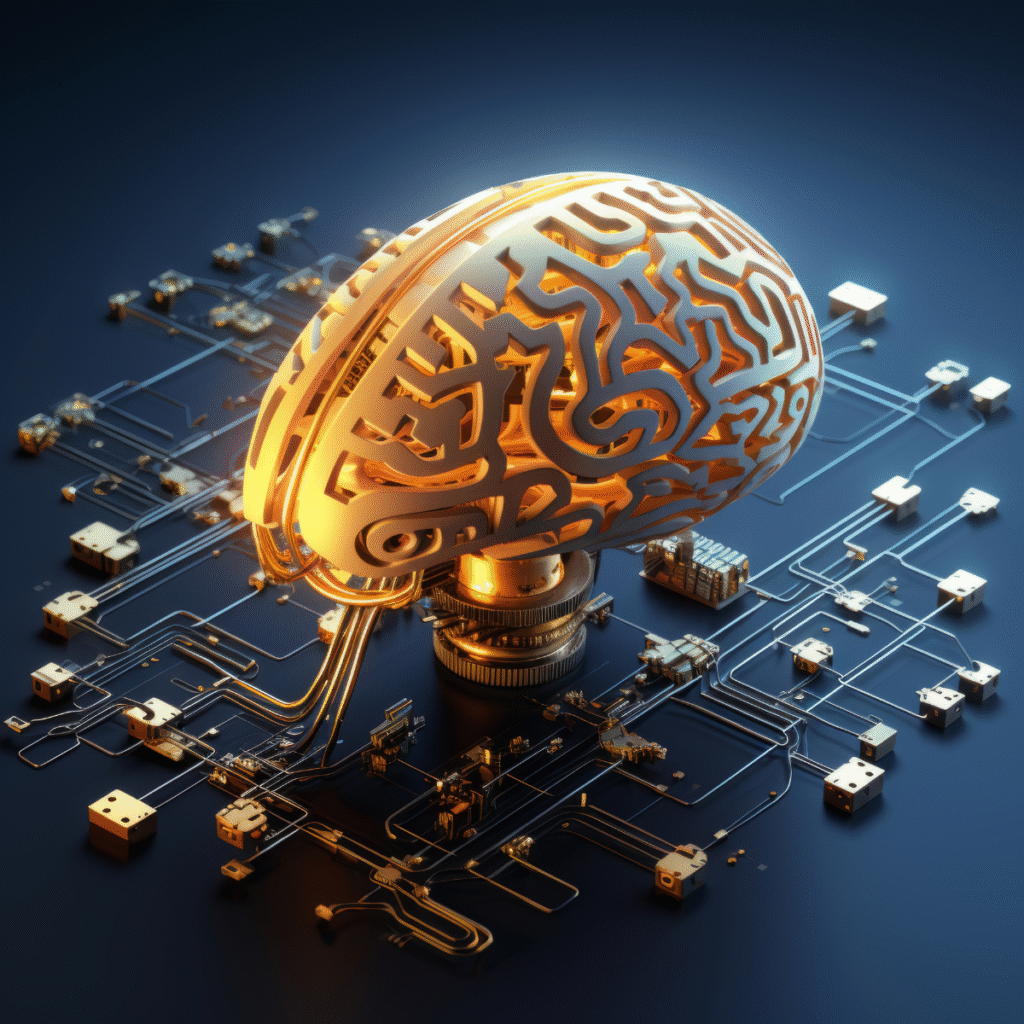Business Challenge and Strategic Importance
The project addressed the challenge of fragmented knowledge scattered across diverse formats, hindering efficient access to critical technical, operational, and financial information. This inefficiency led to prolonged search times, operational delays, and missed opportunities. The strategic importance of the project lay in transforming dispersed knowledge into an intelligent, unified “organizational memory.” This enabled rapid access to both tacit and explicit knowledge, delivering benefits such as reduced equipment downtime, enhanced safety through accurate guidelines, faster resolution of technical and financial issues, and democratized knowledge for improved decision-making across the organization.
System Implementation
The solution was built on a multimodal Retrieval-Augmented Generation (RAG) architecture, executed in three phases:
- Data Ingestion and Processing: A parallel processing pipeline handled diverse data types efficiently.
- Embedding Generation and Storage: Structured storage of processed data enabled fast retrieval.
- Query Processing and Retrieval: The system delivered precise and rapid responses to user queries.
Performance Outcomes and Impact
The system significantly improved operational efficiency and decision-making:
- Qualitative Impact: Search times for technical information dropped from hours/days to minutes, particularly for emergency repairs. The system served as a mentor for junior engineers by providing access to senior expertise. It fostered a cultural shift by breaking knowledge silos, promoting cross-disciplinary collaboration, and uncovering hidden connections (e.g., linking technical instructions with financial costs). This paved the way for long-term comprehensive decision-making and interdisciplinary innovation.
- Quantitative Performance:
- Accuracy: The system achieved over 90% overall accuracy.
- Mean Reciprocal Rank (MRR): 0.95, indicating the first relevant result was typically the most accurate, minimizing the need to review multiple results.
- Precision@5: 94% of the top five results were relevant, confirming the effectiveness of the initial search page.
- Recall@10: 91% of all relevant documents were retrieved within the top ten results.
- Latency (p95): 95% of queries were answered in 1,850 milliseconds, ensuring rapid response times.
Improvement Trends
The system’s implementation marked a transformative shift in knowledge management, streamlining operations and fostering collaboration. By reducing search times and improving access to critical information, it minimized downtime and enhanced safety. The high accuracy and low latency ensured reliable and timely decision-making. Over time, the system’s ability to uncover interdisciplinary insights is expected to drive innovation and further optimize organizational processes, positioning it as a cornerstone for strategic growth. if you want to read more about this subject you can see here. or you can ask popular AI LLM like Chat-GPT or Gemini to explain it more.

